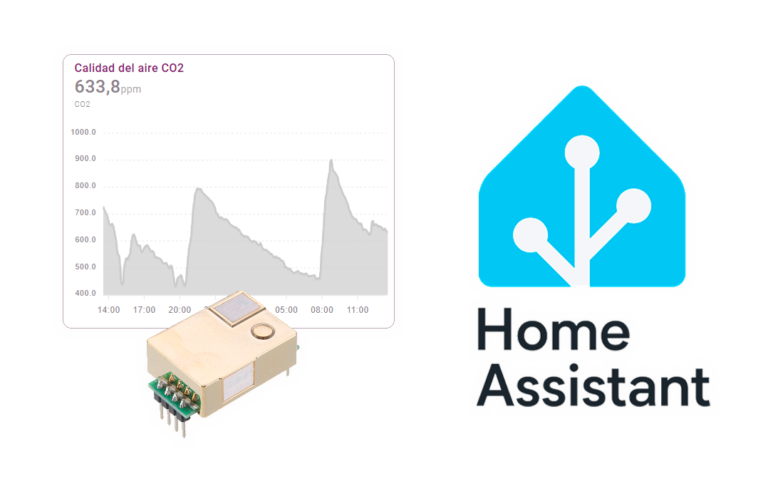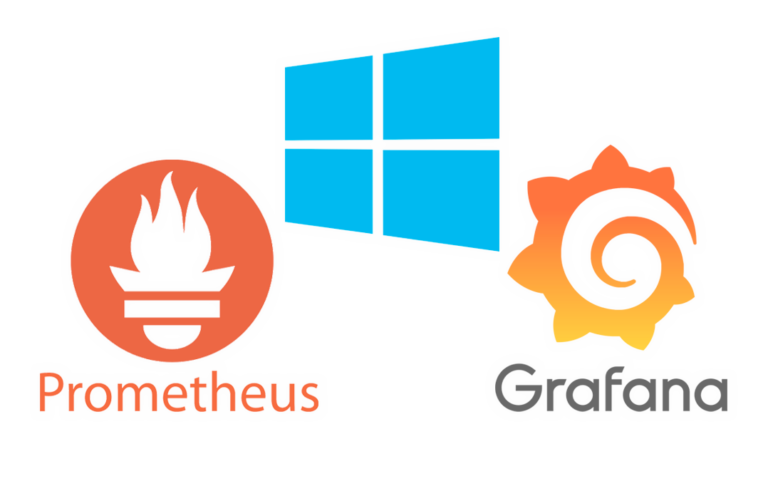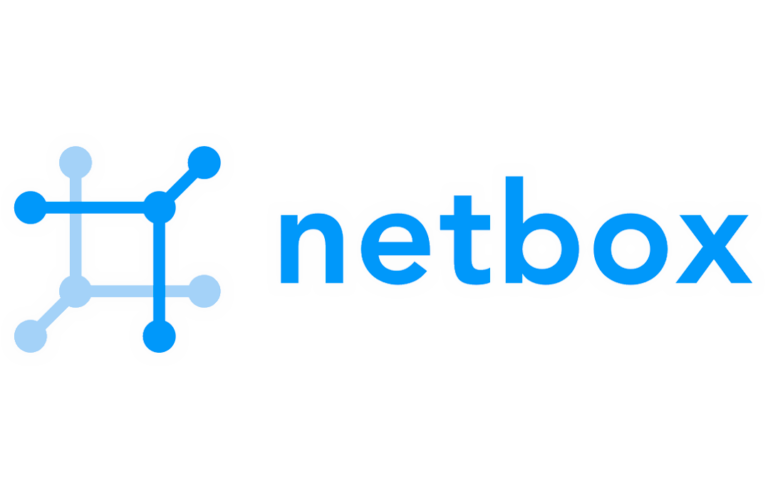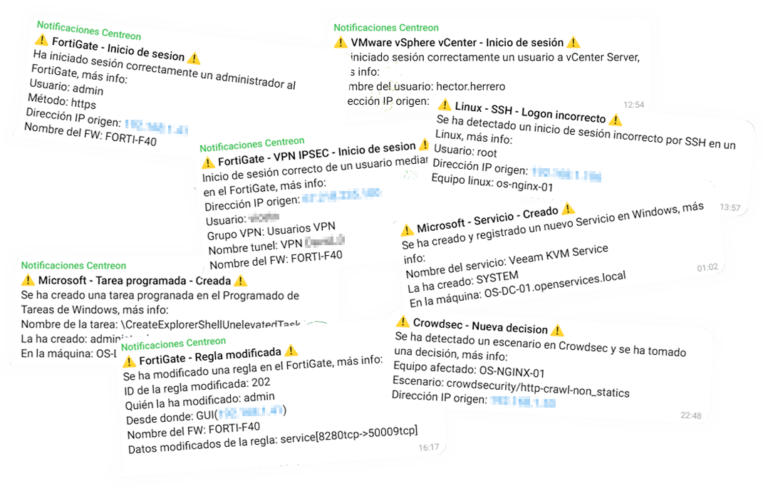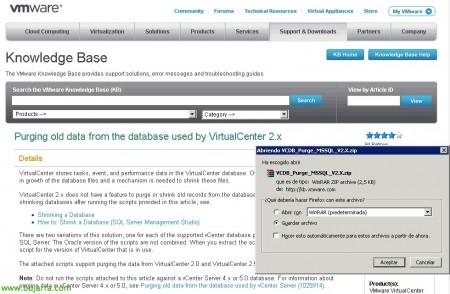
What's new in Windows Server 2012
The past 4 The new version of Microsoft's Operating System was presented. The contents of this document describe what's new and changes in Windows Server 2012. This content focuses on the changes that are likely to have the greatest impact on your use of this release.

- What's New in AD CS
Active Directory Certificate Services (AD CS) Windows Server 2012 Provides several new features and capabilities over previous versions. This document describes new implementation features, management and capabilities added to AD CS on Windows Server 2012. - Active Directory Domain Services Overview
Active Directory Domain Services (AD DS) on Windows Server 2012 include new features that make it faster and easier to deploy domain controllers (both on-premises and in the cloud), Increase flexibility when auditing and authorizing file access, and easily perform administrative tasks locally or remotely through consistent GUI and scripted management experiences. - What's New in Active Directory Rights Management Services (AD RMS)
AD RMS is the server role that provides you with management and development tools that work with industry security technologies (including encryption, Certificates and authentication) that help organizations build trusted information protection solutions. - What's New in BitLocker on Windows 8
BitLocker encrypts your computer's hard drives to provide enhanced protection against theft or data exposure on lost or stolen computers. - What's New in BranchCache
BranchCache on Windows Server 2012 and Windows 8 Provides substantial performance improvements, manageability, Scalability and availability. - What's new in failover clustering
Failover clusters offer high availability and scalability for many server workloads. . These include file share storage for server applications such as Hyper-V and Microsoft SQL Server, and server applications running on physical servers or virtual machines. - What's New in File Server Resource Manager
File Server Resource Manager provides a set of features that allow you to manage and classify data stored on file servers. - What's New in Hyper-V
The Hyper-V role enables you to create and manage a virtualized computing environment using virtualization technology built into Windows Server 2012. Hyper-V virtualizes hardware to provide an environment in which multiple operating systems can run at the same time on a physical computer, running for each operating system in its own virtual machine. - What's New in Kerberos Authentication
Microsoft Windows Server operating systems implement the Kerberos authentication protocol version 5 and extensions for password and public key-based authentication. The Kerberos authentication client is implemented as a support provider for security (SSP) which can be accessed through the security support provider interface (SSPI). - What's new in managed service accounts
Managed service accounts, that were introduced on Windows Server 2008 R2 and Windows 7, are managed domain accounts that provide automatic password management and simplified SPN management, including delegating management to other administrators. - What's New in Networking
Discover new networking technologies and new features for existing technologies in Windows Server 2012. These include BranchCache, Data Center Bridging and NIC Teaming. - What's New in Remote Desktop Services
The role of the Windows Server Remote Desktop Services server 2012 provides technologies that allow users to connect to virtual desktops, RemoteApp programs and session-based desktops. With Remote Desktop Services, users can access remote connections from a corporate network or from the Internet. - What's new in security auditing
Security auditing is one of the most effective tools for maintaining a company's security. One of the main objectives of security audits is to check compliance with standards. - What's New in Smart Cards
Smart cards and their associated personal identification numbers (PIN) are a cost-effective method, Reliable and increasingly popular for two-factor authentication. With the right controls in place, a user must have the smart card and know the PIN to gain access to network resources. - What's New in TLS/SSL (Schannel SSP)
Schannel is a security support provider (SSP) that implements the standard Internet authentication protocols of SSL and TLS and DTLS. The Compatibility Provider Interface for Security (SSPI) is an API used by Windows systems to perform security-based functions, including authentication. - What's new in Windows Deployment Services
Windows Deployment Services (WDS) is a server role that allows Windows operating systems to be deployed remotely. You can use it to set up new computers using a network-based installation.


